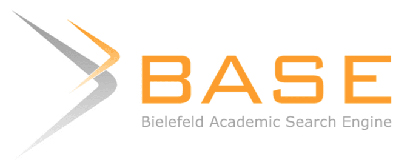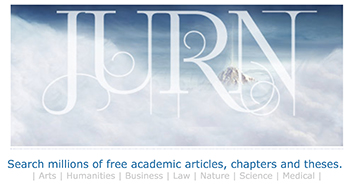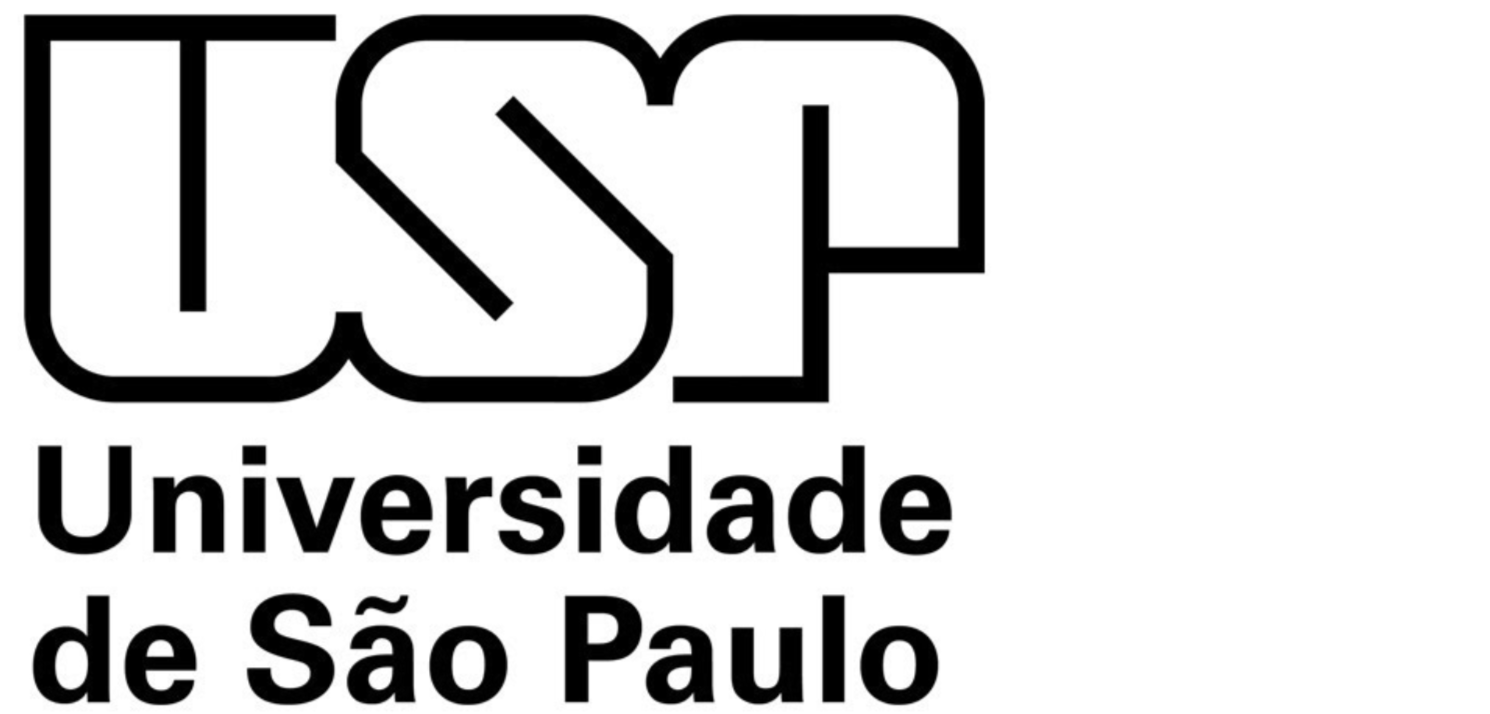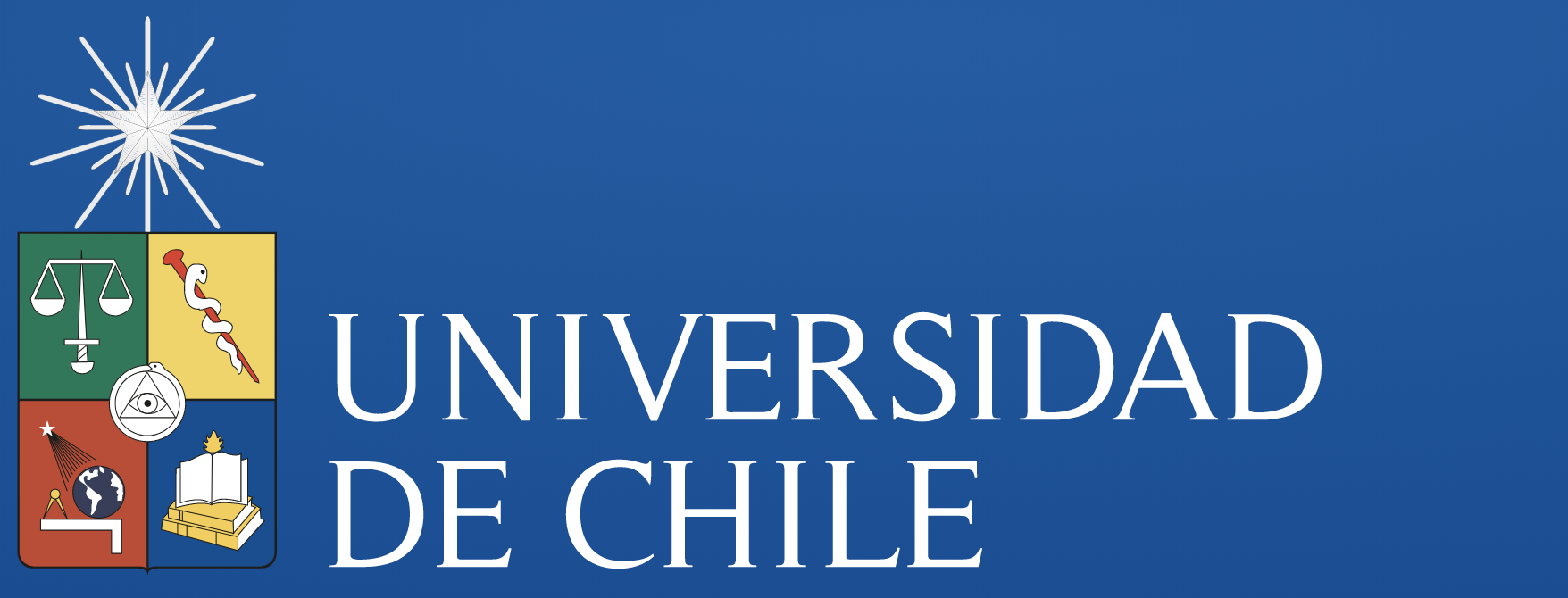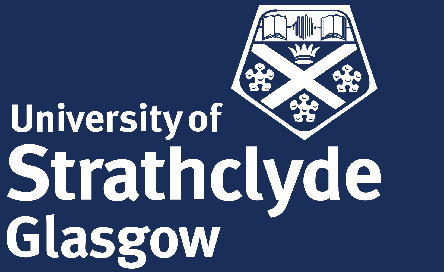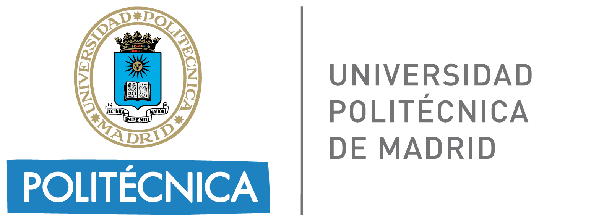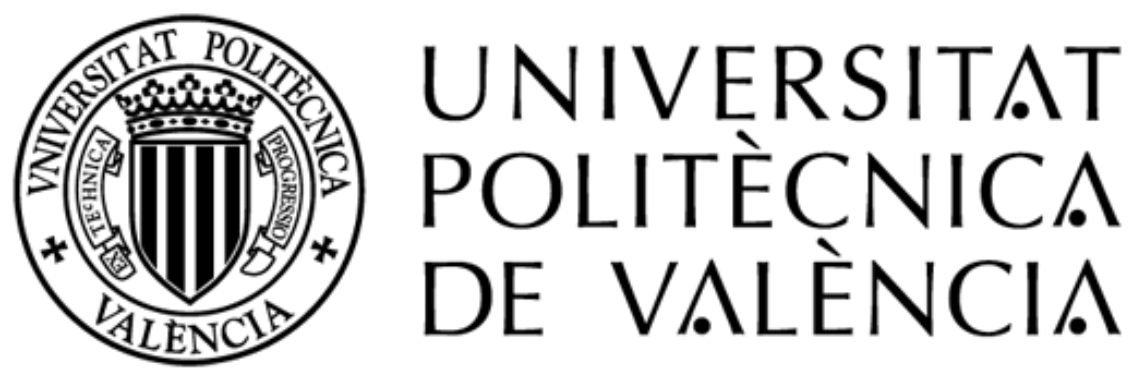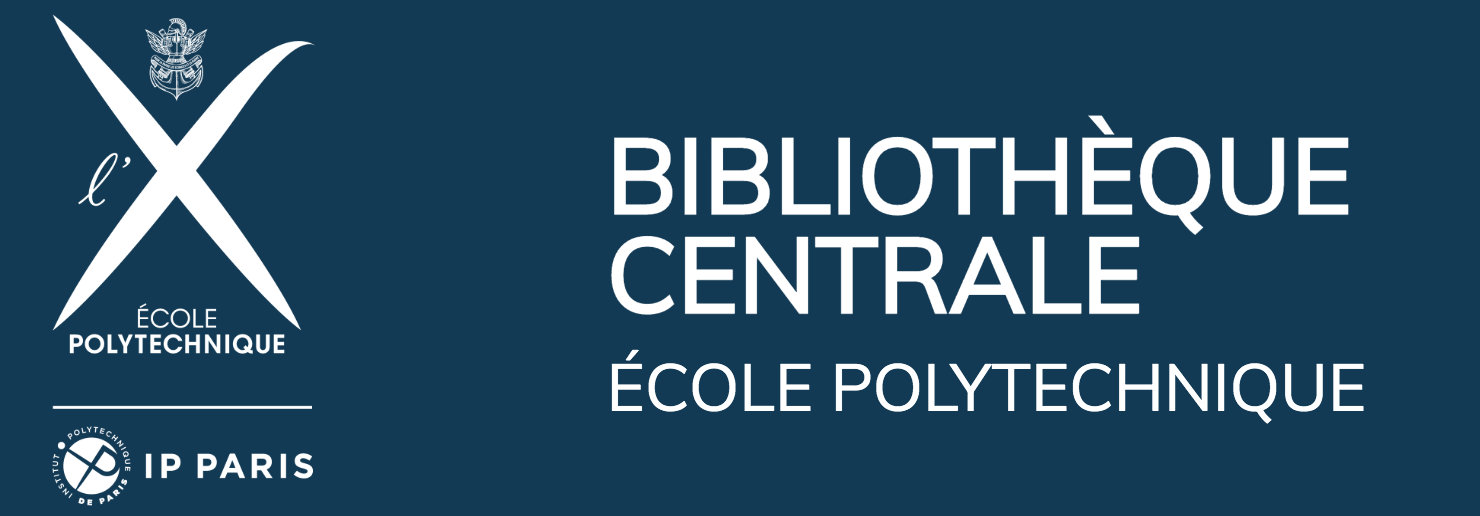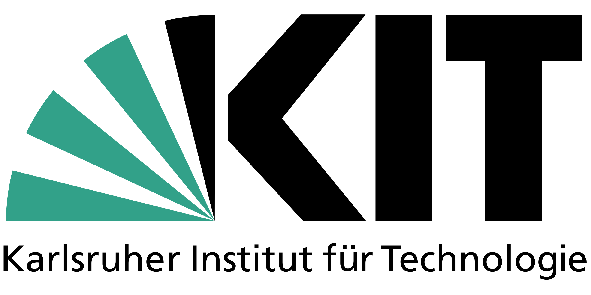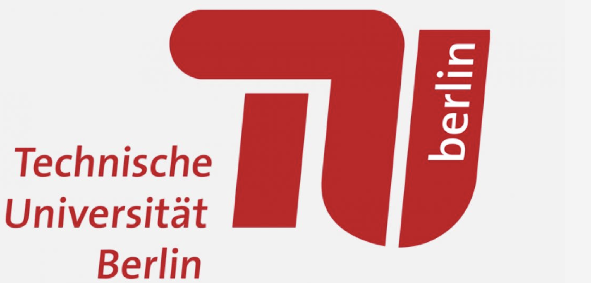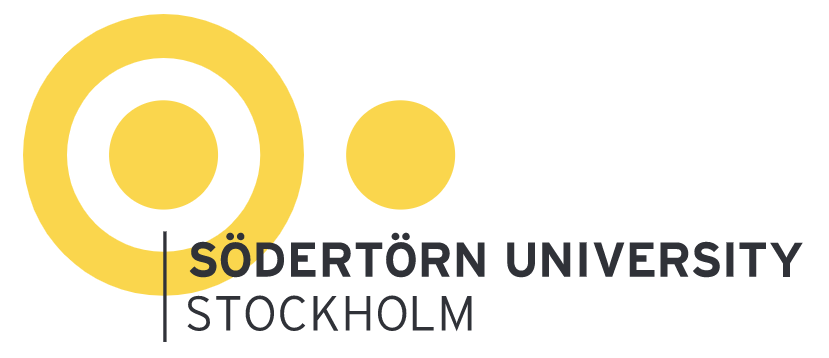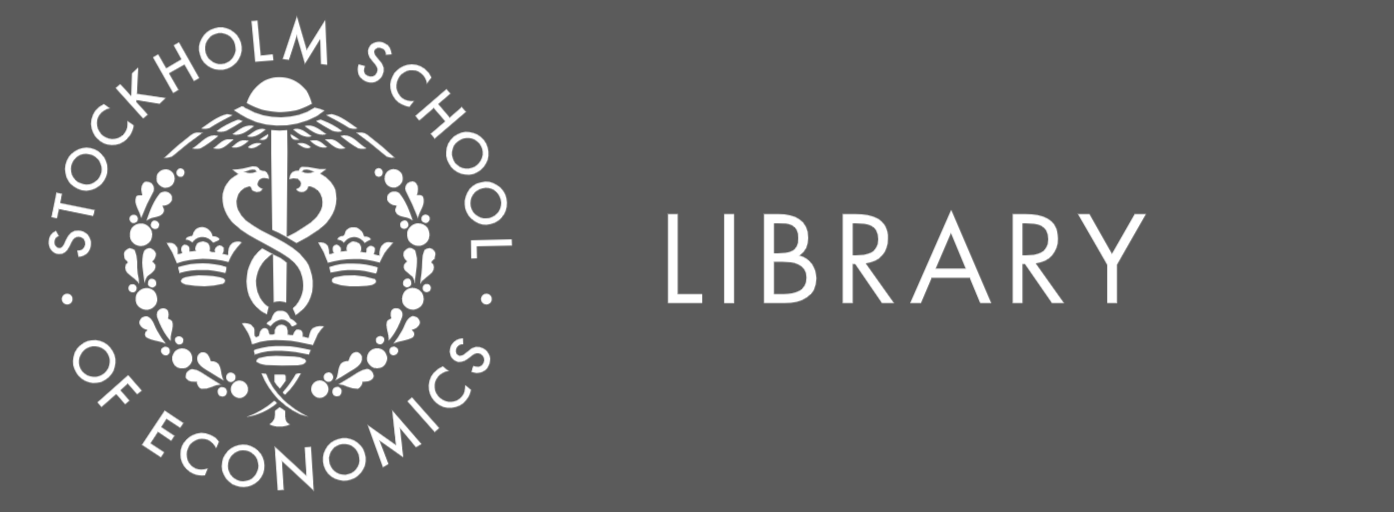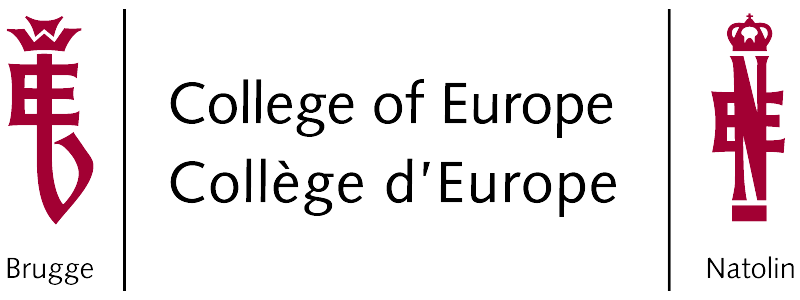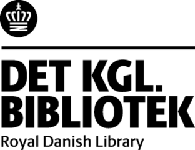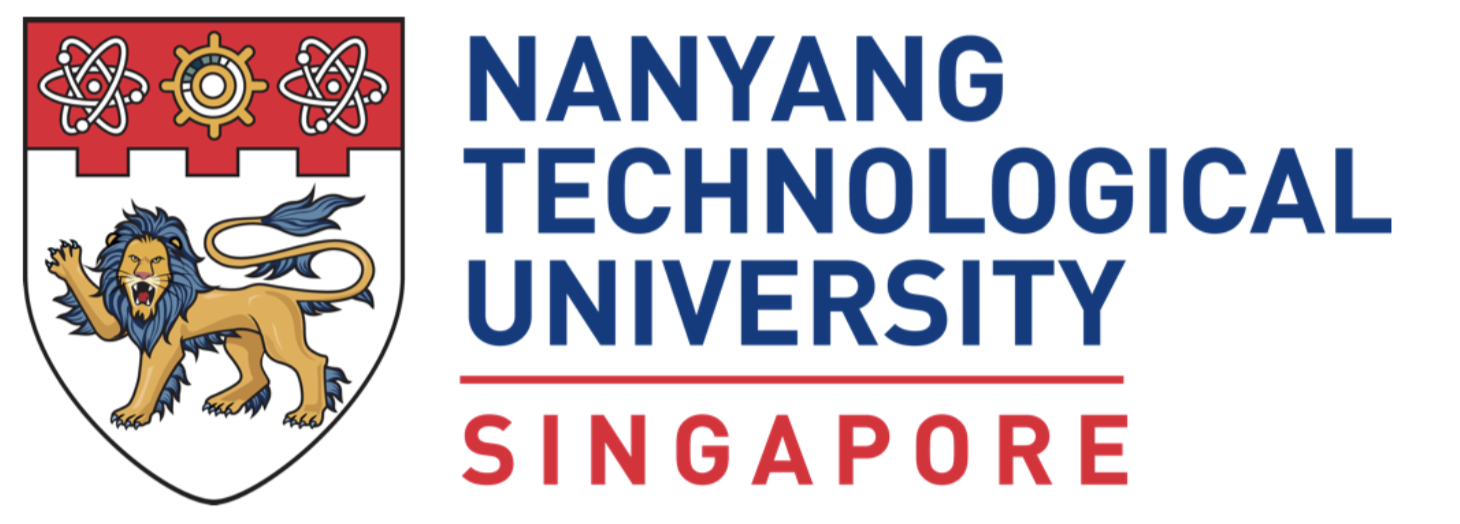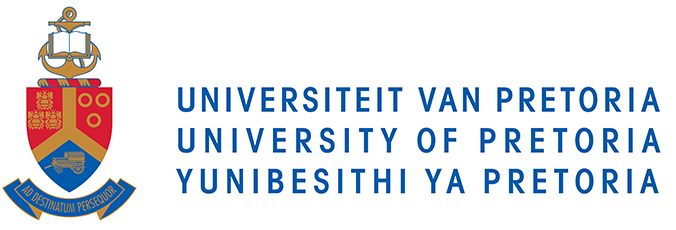Open innovation for property management in emergency and post-emergency pandemic regime
DOI:
https://doi.org/10.19229/2464-9309/8202020Keywords:
information communication technologies, building information modeling, internet of things, resilience, pandemic emergencyAbstract
The paper introduces an ongoing research activity named BIMaid – Bim-basedforcovid19 Protocols. It is part of R&D program developed by BIG Srl – Academic spin-off of ‘Mediterranea’ of Reggio Calabria – aimed at innovative governance of real estate assets, that welcomes the challenge of managing buildings in an emergency and post-emergency regime from Covid-19. It proposes, through Smart BIM-based Protocols, methodological and process solutions to plan and manage the ‘new normal’, to guarantee social distancing, environmental sanitation, and adaptation of spaces. In general terms, it supports the ongoing transition towards a management policy that uses the tools of digital culture and interoperability to keep the main variables under control already in the decision-making phase.
Downloads
Article Metrics Graph
References
Agostinelli, S. and Ruperto, F. (2020), Costruire Digitale – Scenari per un project management 4.0, Esculapio.
Antonini, E. (2019), “Incertezza, fragilità, resilienza | Uncertainty, fragility, resilience”, in Agathón | International Journal of Architecture Art and Design, vol. 6, pp. 6-13. [Online] Available at: doi.org/10.19229/2464-9309/612019 [Accessed 25 September 2020].
Bar-Cohen, Y. (2005), Biomimetics – Biologically Inspired Technologies, CRC Press, Taylor & Francis Group. [Online] Available at: doc.lagout.org/science/0_Computer%20Science/8_Electronics%20% 26%20Robotics/Biomimetics%20-%20Biologically%20Inspired%20Technologies%20-%20Yoseph%20Bar%20Cohen.pdf [Accessed 4 June 2020].
Becerik-Gerber, B., Jazizadeh, F., Li, N. and Calis, G. (2012), “Application Areas and Data Requirements for BIM-Enabled Facilities Management”, in Journal of Construction Engineering and Management, vol. 138, issue 3, pp. 431-442. [Online] Available at: www.researchgate.net/publication/233897927 _Application_Areas_and_Data_Requirements_for_BIM-Enabled_Facilities_Management [Accessed 15 July 2020].
Benyus, J. M. (1997), Biomimicry – Innovation Inspired by Nature, William Morrow & Co, New York.
BSRIA (2009), The Soft Landings Framework. [Online] Available at: www.bsria.com/uk/consultancy/project-improvement/soft-landings/ [Accessed 15 September 2020].
Cattaneo, M. (2012), Manutenzione, una speranza per il futuro del mondo, FrancoAngeli, Milano.
CNAPPC-CRESME (2019), BIM-Monitoring – L’innovazione e il mercato in Italia. [Online] Available at: www.agendatecnica.it/wp/wp-content/uploads/2019/02/BIM-monitoring-CNAPPC-CRESME.pdf [Accessed 15 September 2020].
Cohen-Shacham, E., Walters, G. M., Janzen, C. and Maginnis, S. (eds) (2016), Nature-based Solutions to address global societal challenges, IUCN, Gland. [Online] Available at: www.researchgate.net/publication/307608144_Nature-based_Solutions_to_address_global_societal_challenges [Accessed 25 September 2020].
Daniotti, B., Gianinetto, M. and Della Torre, S. (eds) (2020), Digital Transformation of the Design, Construction and Management Processes of the Built Environment, Springer Open, Cham.
European Commission (2016), Opinion of the European Economic and Social Committee on ‘Industry 4.0 and digital transformation: where to go’ – (COM(2016) 180 final), Document 52016AE1017. [Online] Available at: eur-lex.europa.eu/legal-content/EN/TXT/PDF/?uri=CELEX:52016AE1017&from=EN [Accessed 25 September 2020].
European Commission (2010), Communication from the Commission to the European Parliament, the Council, the European Economic and Social Committee and the Committee of the Regions – A Digital Agenda for Europe, Document 52010DC0245, 245 final. [Online] Available at: eur-lex.europa.eu/legal-content/EN/TXT/PDF/?uri=CELEX:52010DC0245&from=EN [Accessed 25 September 2020].
Floridi, L. (2020), Il verde e il blu – Idee ingenue per migliorare la politica, Raffaello Cortina Editore, Milano.
Isikdag, U. (2015), “BIM and IoT – A Synopsis from GIS Perspective”, in International Archives of the Photogrammetry, Remote Sensing and Spatial Information Sciences – Proceedings of the Joint International Geoinformation Conference, 28-30 October 2015, Kuala Lumpur, Malaysia, vol. XL-2/W4, pp. 33-38. [Online] Available at: doi.org/10.5194/isprsarchives-XL-2-W4-33-2015. [Accessed 25 September 2020].
ISS – Istituto Superiore di Sanità (2020), Indicazioni ad interim per la prevenzione e gestione degli ambienti indoor in relazione alla trasmissione dell’infezione da virus SARS-CoV-2 – Gruppo di Lavoro ISS Ambiente e Qualità dell’Aria Indoor, Rapporto ISS Covid-19, n. 5/2020, rev. 2, versione del 25 maggio 2020. [Online] Available at: www.iss.it/documents/20126/0/Rapporto+ISS+COVID-19+n.+5+REV+2+%281%29.pdf/24759e93-69f7-2c38-902f-7962df52fc35?t=1590500751072 [Accessed 3rd November 2020].
Jonas, H. (2009), Il principio responsabilità – Un’etica per la civiltà tecnologica [or. ed. Das Prinzip Verantwortung – Versuch einer Ethik für die technologische Zivilisation, 1979], Biblioteca Einaudi, Torino.
Lauria, M. and Azzalin, M. (2020), “A Maintenance Management Model – Upgrading and Experimentation”, in Serrat, C., Casas, J. R. and Gilbert, V. (eds), Proceedings of the XV International Conference on Durability of Building Materials and Components (DBMC 2020), Barcelona, Spain. [Online] Available at: doi.org/ 10.23967/dbmc.2020.001 [Accessed 25 September 2020].
Lauria, M. and Azzalin, M. (2017), “Strategie per la continuità della città storica – L’approccio manutentivo negato | Strategies for the continuity of the historical city – The denied maintenance approach”, in Agathón | International Journal of Architecture Art and Design, vol. 1, pp. 95-102. [Online] Available at: doi.org/10.19229/2464-9309/1152017 [Accessed 25 September 2020].
Lee, J., Holgado, M., Kao, H.-A. and Macchi, M. (2014), “New Thinking Paradigm for Maintenance Innovation Design”, in Boje, E. and Xia, X. (eds), Proceedings of the 19th World Congress IFAC 2014 – Cape Town, South Africa August 24-29, 2014, International Federation of Automatic Control, pp. 7104-7109. [Online] Available at: doi.org/10.3182/20140824-6-ZA-1003.02519 [Accessed 25 September 2020].
Lee, K.-F. (2018), AI Superpowers – China, Silicon Valley, and the New World Order, Houghton Mifflin Harcourt Publishing Company, Boston-New York.
Lucarelli, M. T., Milardi, M., Mandaglio, M. and Musarella, C. C. (2020), “Fenomeni macro vs risposte micro – Approcci multiscalari nei rapporti dinamici tra involucro e contesto | Macro phenomena vs micro responses – Multiscale approaches in the dynamic relationship between envelope and context”, in Agathón | International Journal of Architecture, Art and Design, vol. 7, pp. 26-33. [Online] Available at: doi.org/10.19229/2464-9309/732020 [Accessed 12 September 2020].
Maxwell, J. A. (2012), Qualitative Research Design – An Interactive Approach, Sage Publications, Thousand Oaks.
Microsoft (2020), The work trend index. [Online] Available at: www.microsoft.com/en-us/microsoft-365/work-productivity-trends-report [Accessed 12 September 2020].
MISE – Ministero per lo Sviluppo Economico and MIUR – Ministero dell’Istruzione dell’Università e della Ricerca (2016), Strategia Nazionale di Specializzazione Intelligente. [Online] Available at: www.agenziacoesione.gov.it/wp-content/uploads/2019/06/Strategia_ Nazionale_di_Specializzazione_Intelligente_Italia.pdf [Accessed 12 September 2020].
Molinari, C. (1989), Manutenzione in edilizia – Nozioni, problemi, prospettive, FrancoAngeli, Milano.
Patacas, J., Dawood, N., Vukovic, V. and Kassem, M. (2015), “BIM for Facilities Management – Evaluating BIM standards in asset register creation and service life planning”, in Journal of Information Technology in Construction, vol. 20, pp. 313-331. [Online] Available at: www.itcon.org/papers/2015_20.content.00383.pdf [Accessed 22 September 2020].
Research and Markets (2016), World Building Information Modeling (BIM) Market – Opportunities and Forecasts, 2015-2022. [Online] Available at: www.researchandmarkets.com/research/h4g7fh/world_building [Accessed 22 September 2020].
Scalisi, F. (2020), “Adaptive Façade and Phase Change Materials (PCMs) – A sustainable approach for building construction”, in Scalisi, F. (ed.), From Mega to Nano – The Complexity of a Multiscalar Project, Palermo University Press, Palermo, pp. 44-69. [Online] Available at: doi.org/10.19229/978-88-5509-189-3/432020 [Accessed 24 September 2020].
Shahinmoghadam, M. and Motamedi, A. (2019), “Review of BIM-centred IoT Deployment – State of the Art, Opportunities, and Challenges”, in Al-Hussein, M. (ed.), Proceedings of the 36th International Symposium on Automation and Robotics in Construction (ISARC 2019), May 21-24, 2019, Banff, Canada, International Association for Automation and Robotics in Construction (IAARC), pp. 1268-1275. [Online] Available at: doi.org/10.22260/ISARC2019/0170 [Accessed 15 September 2020].
WEF – World Economic Forum (2018), Infrastructure and Urban Development – Industry Vision 2050. [Online] Available at: www3.weforum.org/docs/IU_Industry_Vision_report_2018.pdf [Accessed 15 September 2020].
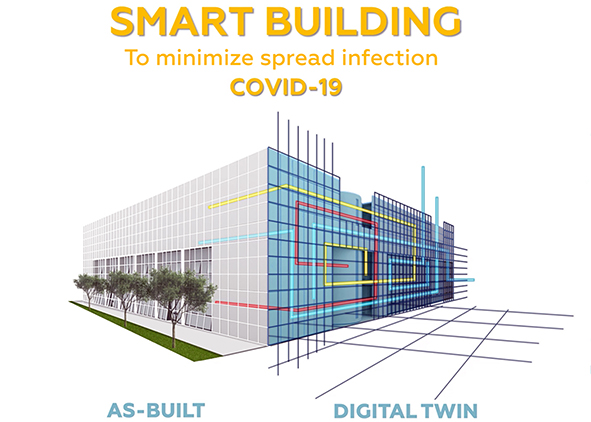
Downloads
Published
How to Cite
Issue
Section
License
This Journal is published under Creative Commons Attribution Licence 4.0 (CC-BY).
License scheme | Legal code
This License allows anyone to:
Share: copy and redistribute the material in any medium or format.
Adapt: remix, transform, and build upon the material for any purpose, even commercially.
Under the following terms
Attribution: Users must give appropriate credit, provide a link to the license, and indicate if changes were made; users may do so in any reasonable manner, but not in any way that suggests the licensor endorses them or their use.
No additional restrictions: Users may not apply legal terms or technological measures that legally restrict others from doing anything the license permits.
Notices
Users do not have to comply with the license for elements of the material in the public domain or where your use is permitted by an applicable exception or limitation.
No warranties are given. The license may not give users all of the permissions necessary for their intended use. For example, other rights such as publicity, privacy, or moral rights may limit how you use the material.














